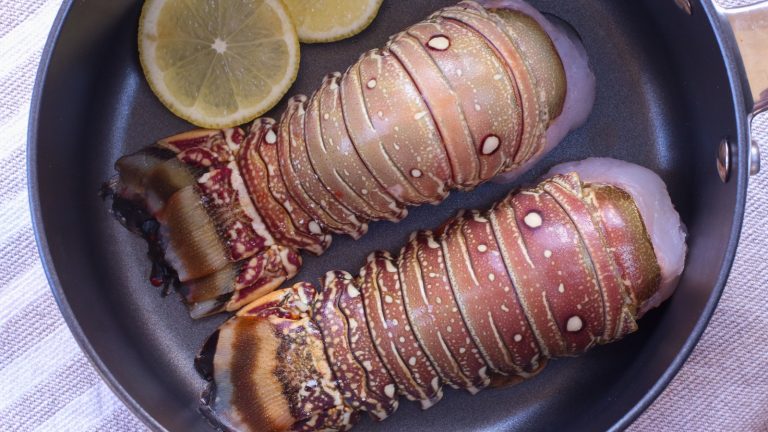Once you’ve learned how to cook with beef tallow, it can be hard to stop. But to maximize its taste and longevity, you’ve got to preserve it properly. We spoke with Dennis Littley, chef and recipe expert at Ask Chef Dennis, to find out how to store your beef tallow to keep it on hand and delicious.
“When it comes to storage, you can keep beef tallow at room temperature for a short period if it’s in a sealed, clean container, but I recommend storing it in the fridge for best freshness,” Littley says. “It’ll stay good for several months chilled, or even longer if frozen.” Many people make the same mistake when cooking with oil as they do when using beef tallow: storage. It’s not enough to keep beef tallow safe from heat, moisture, and light — you must store it in the fridge or freezer to keep it fresh for months.
The real danger is contamination. “Make sure you’re using a clean spoon each time to avoid contamination, that’s key to keeping it from going off,” advises Littley. “If it starts to smell sour, waxy, or just ‘off,’ it’s probably gone rancid.” At room temperature, bacteria and mold spores introduced by dirty spoons or simply opening the container can cause fat to go bad. But refrigeration stalls their growth, and freezing may keep it good for one to three years. Keeping your tallow free of particulates and foreign microbes is especially important if you make your own at home.
Strain your homemade beef tallow to keep it fresh
Whether you’re making beef tallow in an air fryer or going old-school and simmering chunks of fat for hours on the stove, you must strain it to keep it fresh and delicious for as long as possible. While you should always remove any shreds of meat, veins, or sinews beforehand, it’s not always easy to pick out every little piece.
That’s why you must strain your homemade tallow into its storage vessel. Just like making your bacon grease stash last way longer, filtering out these impurities prevents them from sabotaging your tallow. The goal of rendering fat isn’t just to transform it into liquid; it’s also to remove any moisture. Best-case scenario, these impurities can make your tallow smell a bit off, taste a touch sharp rather than hearty, or look milky. Worst-case, they reintroduce enough moisture to enable bacterial and mold growth.
You don’t have to get fancy with your filtering system. Even just a paper towel, napkin, or coffee filter can do the job — especially if you strain multiple times. However, if you want to guarantee no impurities make it into your tallow, try using cheesecloth. Not only is it reusable, but it’s especially great at filtering out even the tiniest particles from liquid, making it second to none for straining beef tallow. No matter what you choose to use, be sure to hold your tallow up to a light and check for any floating matter to determine if you need to strain it again.






